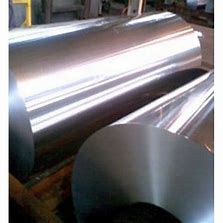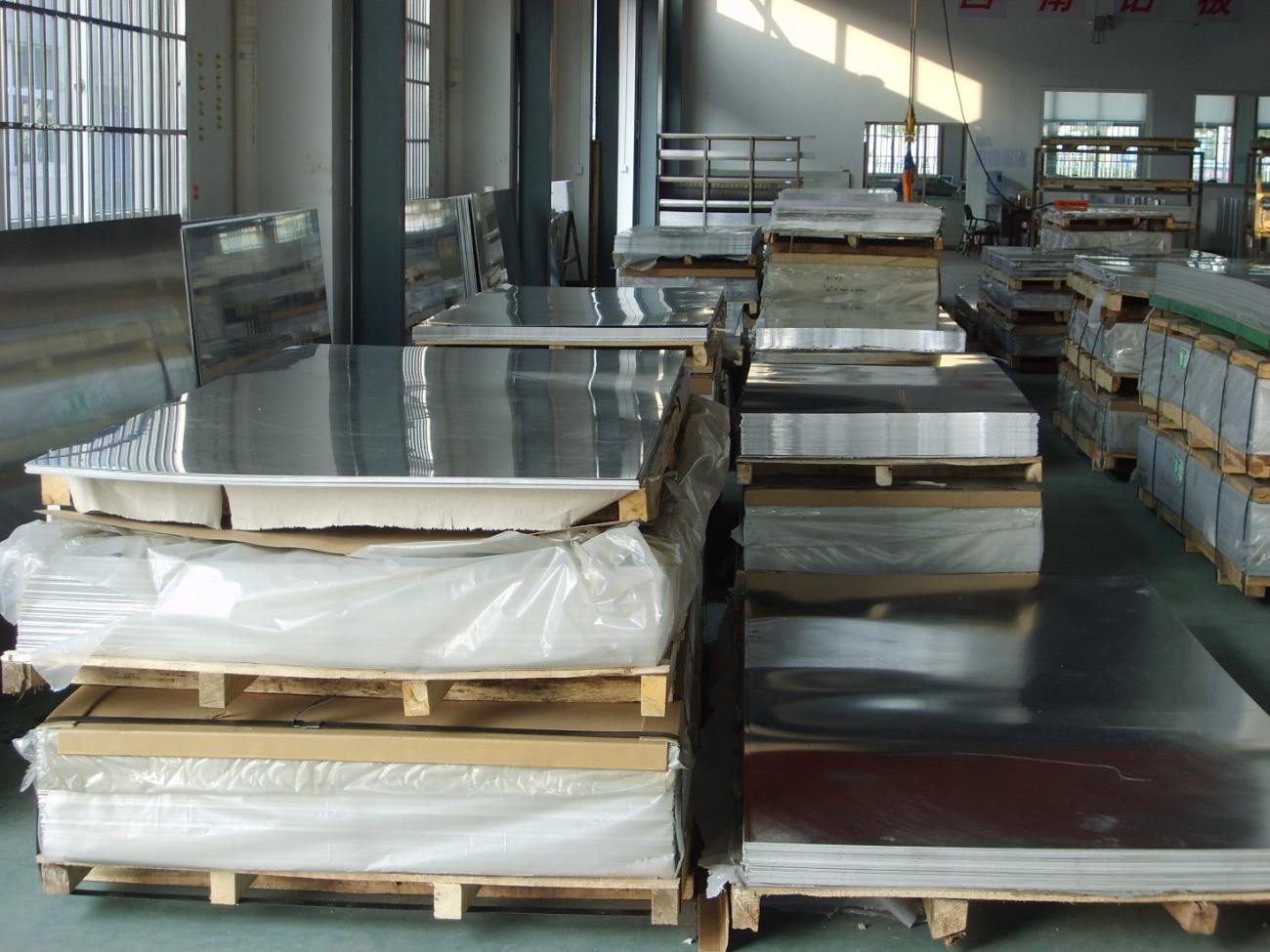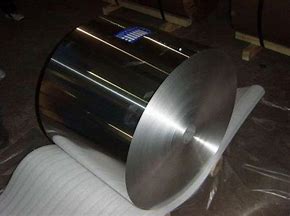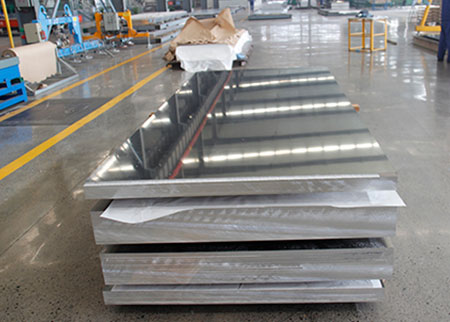



Aluminum and its alloys are widely used in various industries due to their excellent properties such as high strength-to-weight ratio, corrosion resistance, and good formability. The terms plates, sheets, and strips are commonly used to describe different forms of aluminum and its alloys.
Aluminum plates are flat pieces of aluminum that are thicker than 6mm. They are commonly used in the aerospace, transportation, and construction industries for their strength and durability. Plates are available in various grades and alloys, and they can be cut and machined into different shapes and sizes.
Plates are used in applications that require high strength and durability. They are ideal for use in heavy-duty equipment and structures that require load-bearing properties. Aluminum plates are also used in the marine industry for their corrosion resistance properties.
Aluminum sheets are thin, flat pieces of aluminum that are less than 6mm thick. They are commonly used in the automotive, packaging, and electrical industries for their lightweight and corrosion-resistant properties. Sheets are available in various grades and alloys, and they can be easily formed and welded into different shapes and sizes.
Sheets are used in applications that require lightweight and corrosion-resistant properties. They are commonly used in the construction of aircraft, automobiles, and buildings. Aluminum sheets are also used in the food and beverage industry for their non-toxic properties.
Aluminum strips are narrow, flat pieces of aluminum that are less than 200mm wide. They are commonly used in the construction, automotive, and electrical industries for their flexibility and ease of use. Strips are available in various grades and alloys, and they can be easily bent and shaped into different forms.
Strips are used in applications that require flexibility and ease of use. They are commonly used in the construction of buildings, electrical components, and automotive parts. Aluminum strips are also used in the packaging industry for their malleability and low weight.
In summary, plates, sheets, and strips are used in different applications based on their thickness, strength, weight, and flexibility properties. Plates are thicker and stronger than sheets and strips, while sheets are thinner and more lightweight than plates and strips. Strips are narrow and flexible, making them ideal for applications that require bending and shaping.
* Thank you for your inquiry. Please provide your business needs information so that we can better serve you.
This information can help us assign the most suitable person to solve your problem. We will give you feedback within 1-2 working days.
Related Blog







